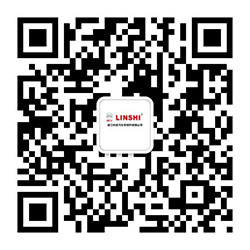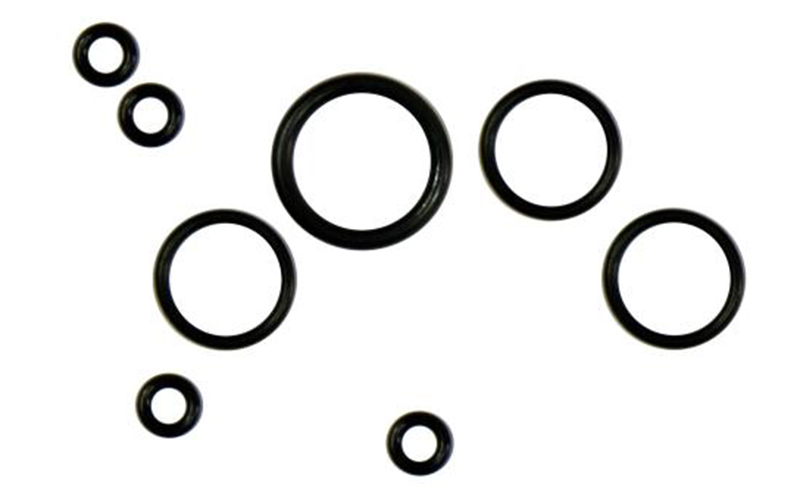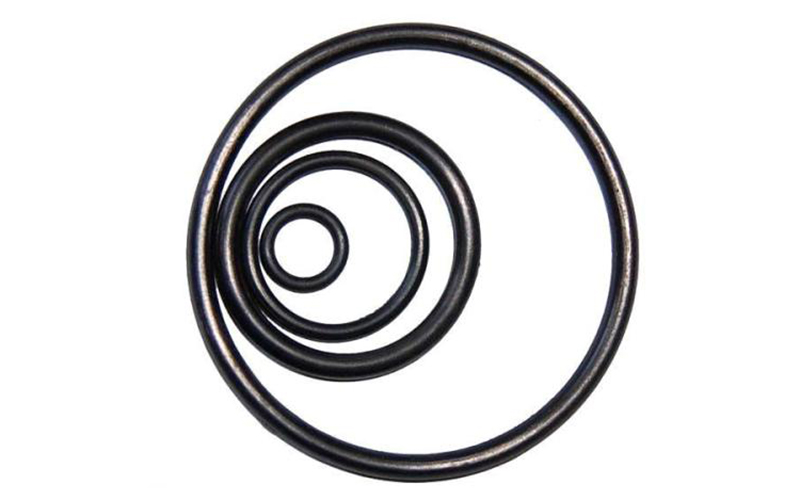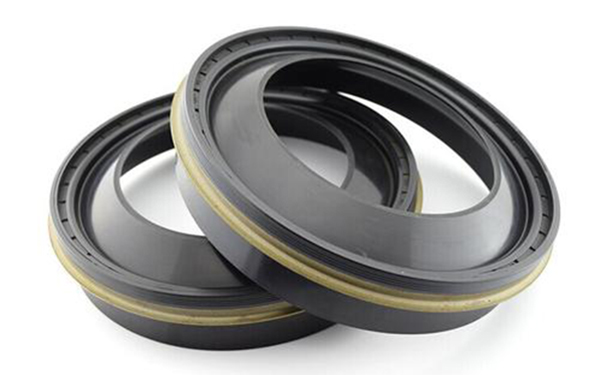On the causes of seal failure and the basic principles of industrial seal selection
I. unreasonable design and selection
(1) according to whether there is relative movement between the two sealing surfaces, the seal can be divided into static seal and dynamic seal. Dynamic seal is divided into rotary seal and mobile seal according to different relative moving directions. In addition, the type of working medium, pressure, temperature and the relative velocity between the two sealed pairs have different requirements on the material and structure of the seal. For example, the static seal uses O-rings, various gaskets, sealants, etc.; the rotary dynamic seal uses more oil seals besides O-rings; the reciprocating movement generally uses less O-rings, especially at high speed, but generally uses lip seals such as v-rings, y-rings, YX rings, j-rings, etc.
(2) NBR and polyurethane, which are used as sealing materials, can only be used in the oil temperature below 100 ℃; while the service temperature of PP, silicone rubber and tetrafluoroethylene is - 50-225 ℃; oil resistant rubber and oil-resistant rubber of clip fabric can be used for a long time at 120 ℃. The maximum pressure resistance of rotary shaft lip seal ring is 0.4-0.7mpa, and that of reciprocating lip seal ring is 30-80mpa according to different materials and shapes; fluororubber is applicable to almost all lubricating oil, fuel oil and gasoline, while silicone rubber is not applicable to mineral oil with low benzene rubber point and oil with extreme pressure additive; NBR has good oil resistance, but it is not applicable to phosphoric acid grease hydraulic oil and oil with extreme pressure additive The linear velocity of the contact surface between the rotary lip seal ring and the main shaft is generally 6-12M / s, and that of the reciprocating lip rubber or cloth rubber is 0.5-1.5m/s. In addition, the hardness of rubber should change with the pressure and the size of the gap. When the pressure is high and the gap is large, the hardness is slightly larger, otherwise it tends to be smaller.
(3) the structure, dimension and tolerance design of the seal are unreasonable and do not meet the requirements of relevant standards.
(4) the structural dimension and tolerance of the seal installation groove are not designed properly or the processing fails to meet the design requirements.
(5) if the surface roughness of the shaft matching the seal is too high, the wear of the seal will be accelerated; if it is too low, the lubricating film between the lip of the seal and the contact surface of the shaft will be difficult to form, and the general roughness should be between Ra0.32 and 0.16.
(6) the inner hole and the stop of the bearing cover for installing the oil seal shall not only meet the requirements of dimensional accuracy, but also the coaxiality tolerance shall not be too large. If the coaxiality deviation between the oil seal and the main shaft is too large, the surface of the oil seal and the main shaft will produce local wear and lead to leakage.
II. Poor assembly
(1) if the inspection is not carried out before installation, the unqualified seal shall be installed.
(2) during the installation, the processed sealing groove was not inspected, and the groove was not chamfered with burr, roughness, dimensional accuracy and geometric tolerance did not meet the requirements.
(3) during installation, the cleaning of installation site, tools and sealing groove is not ensured, and there are scrap iron and other sundries in the groove.
(4) during installation, hydraulic oil or grease is not applied on the lips of seals.
(5) if the seal is damaged due to improper operation during assembly, when the seal passes through the thread and other easily damaged parts, the protective sleeve or tape is not used for installation, or when the seal passes through the keyway and other parts, the corresponding measures (such as filling the keyway with asbestos board or rubber skin) are not taken for protection.
(6) some seals are directional. If they are installed in the opposite direction carelessly, they will not seal, but will cause leakage.
III. improper use and storage
(1) the oil is polluted, and the content of solid particles in the oil exceeds the standard, which causes the seal to wear more seriously. Due to the existence of water in the hydraulic oil, it will accelerate the wear and corrosion of components, and make the oil deteriorate, resulting in poor sealing.
(2) the aged oil will corrode the seal, and the hard oxide particles will make the corroded seal wear.
(3) if the compatibility between the oil used and the sealing compound is poor, it will accelerate the deterioration of the compound, and the hydraulic oil must be selected according to the requirements of the machine operation manual.
(4) some seals that have been used for many years have been permanently deformed or aged, but they are still in use.
(5) improper storage. During the storage of rubber seals, the temperature in the warehouse shall be kept between - 15-35 ℃, the relative humidity shall be kept between 50% N80%, and direct sunlight, rain and snow immersion shall be avoided. It is forbidden to contact with acid and alkali, oil, organic solvent and other substances that affect the rubber quality, and it shall be more than Im away from the heat source. If these requirements are not met, or the rubber is aged due to long storage time, or the rubber is permanently deformed due to stacking and hanging, etc., the seal will fail.
Basic principles of selection of industrial seals
① follow the selection of working speed
Due to the different working speed of different equipment, there will be differences in the selection of seals. If the working speed is fast and relatively slow, the same sealing product cannot be selected, otherwise it is easy to cause leakage. In short, following the working speed to choose can improve the efficacy of the product and reduce the use process of the bad.
② follow the selection of working medium
Different equipment sealing media are also different, such as acid-base compound, lubricating oil, water and other media. Therefore, it is necessary to consider the compatibility of working medium and sealing material, so as to avoid material selection error and shorten the service life of sealing parts.
③ follow the selection of working temperature
Many equipment will produce large temperature during operation, so special attention shall be paid to selecting sealing products according to




